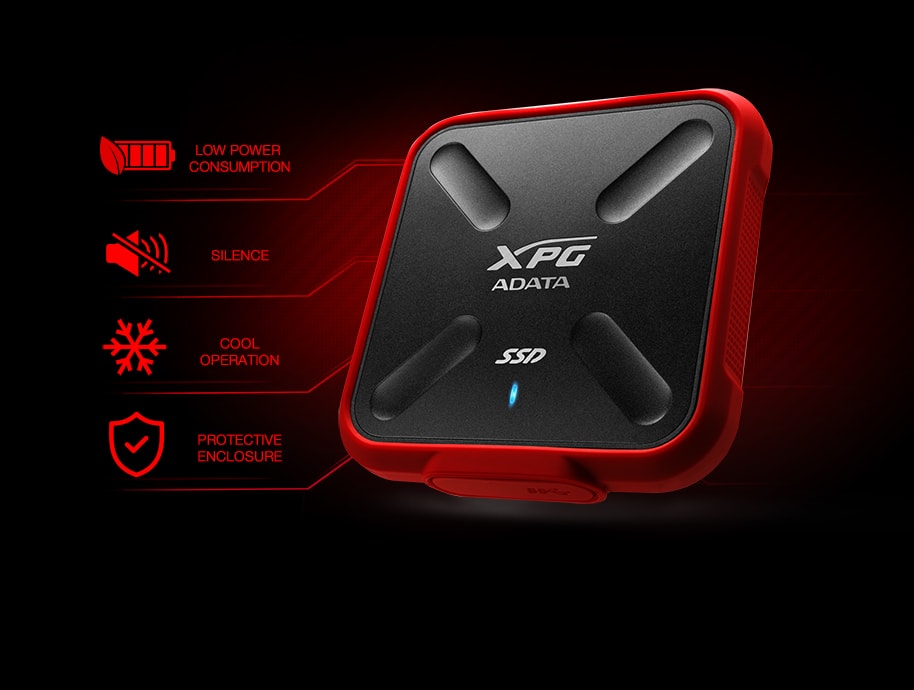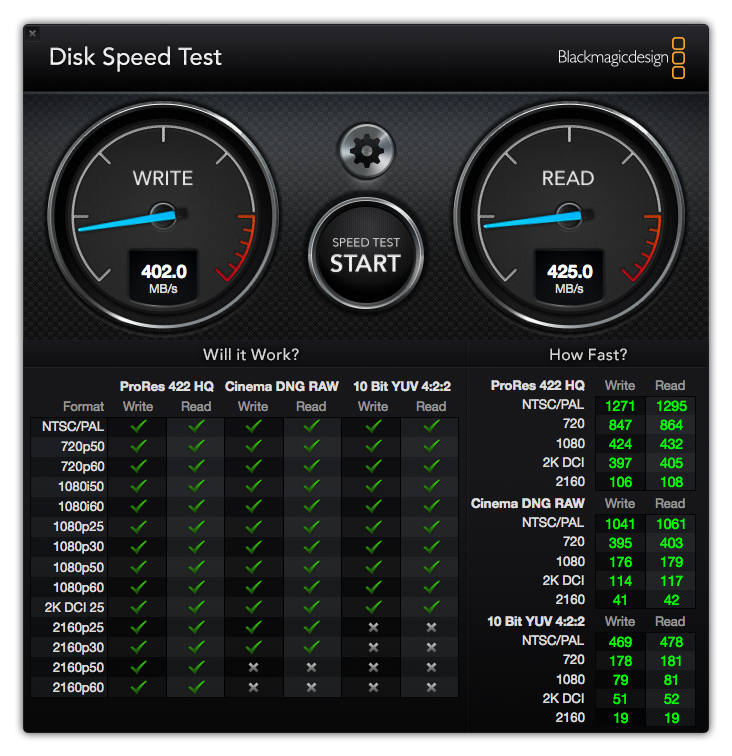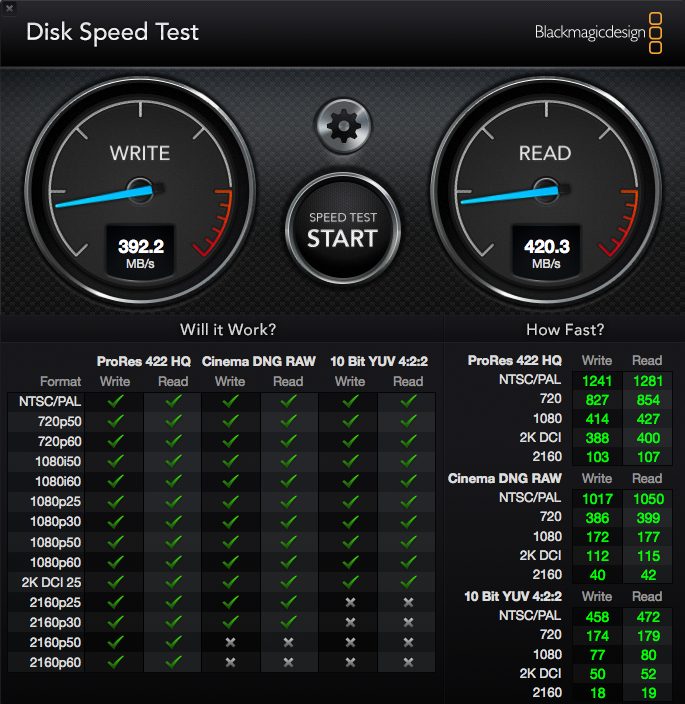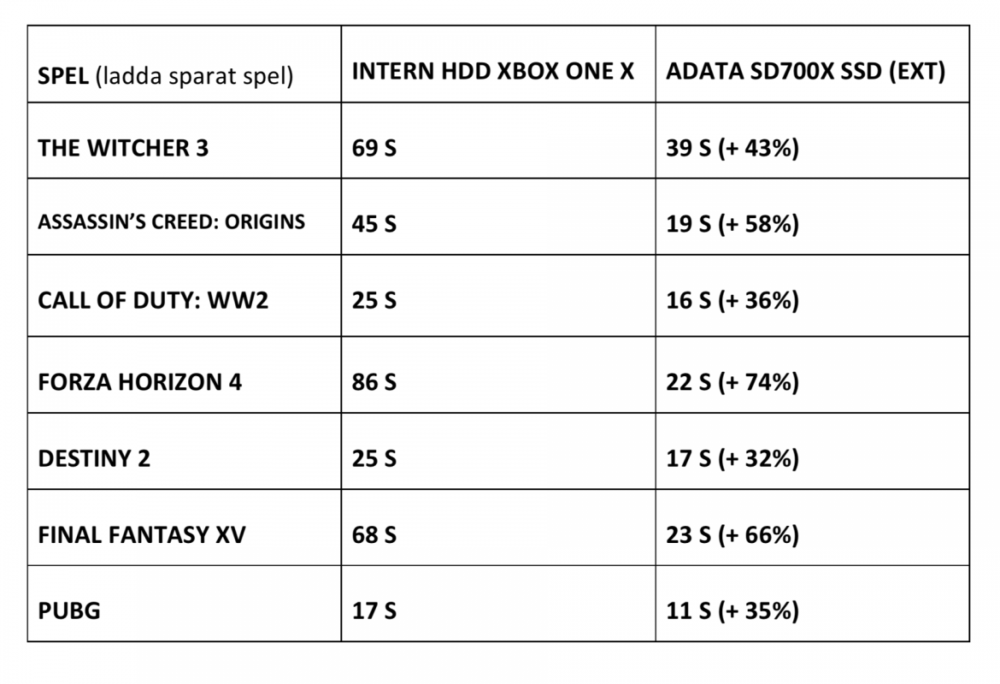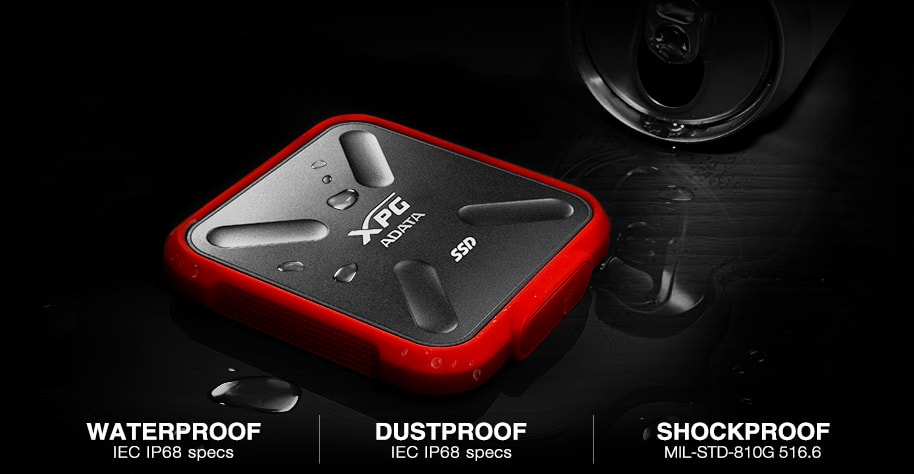TL;DR
Mechanical hard drives are fading, and SSDs are the future. The ADATA XPG SD700X external SSD packs 512GB of storage and is ruggedly built to be shockproof and waterproof. It's about four times faster than traditional hard drives, significantly cutting down game loading times on PS4 and Xbox One by up to 80%. While pricier per gigabyte, this SSD offers a tangible performance boost for gamers, making those long loading screens a thing of the past. Ready to speed up your gaming? Read the full review to see just how much difference it makes.
ADATA XPG SD700X is an SSD from the Taiwanese brand ADATA / XPG, which has established a notable presence in the Nordic market.
Traditional mechanical hard drives are approaching obsolescence. Within five years, their widespread use is projected to significantly decline. While they have served as a long-standing storage solution and represented a significant improvement over floppy disks, their advantages are now outweighed by newer technologies. Mechanical hard drives offer reliability and a cost-effective price-to-storage capacity ratio; a 4TB external hard drive is currently available for just over a thousand SEK, presenting considerable value. However, they are susceptible to wear over time, sensitive to physical shocks, and relatively slow compared to alternative storage solutions. SSDs (Solid State Drives) have emerged as a leading alternative in recent years. These drives utilize flash memory and lack moving parts, resulting in greater durability. SSDs typically offer read and write speeds that are four to five times faster than mechanical hard drives, although they are also approximately ten times more expensive per gigabyte. While SSDs exceeding 500 GB (0.5 TB) may still seem relatively expensive for the average consumer, this is expected to change as SSD technology advances and becomes more affordable. SSDs represent the future of storage media, offering superior performance and resilience.
Similar to traditional 2.5″ mechanical hard drives, SSDs are available in the same physical size, allowing for internal installation in computers and consoles or external use in a portable enclosure connected via USB. This review examines the ADATA XPG SD700X, an external SSD that, in keeping with ADATA’s reputation, is shockproof and waterproof (IP68-rated). The test sample features an internal capacity of 512 GB.
Performance measurements were conducted by connecting the drive to a reference computer and running Blackmagic Disk Speed Test, yielding the following results:
The speed is notable, exhibiting performance approximately four times faster than ADATA’s mechanical drive, the HD710 Pro (although the HD710 Pro offers 3TB of storage for a comparable price to the SD700X).
The following performance characteristics were observed when the SD700X was filled to approximately 80% capacity:
As expected, the drive experiences some performance degradation under load, although less pronounced than typically observed in mechanical drives.
The ADATA XPG SD700X proves to be a reliable portable storage solution, with robust protection against environmental factors and solid performance (although it utilizes the older USB 3.0 connection; a USB 3 to USB-C cable can be used for devices with USB-C ports). However, its application as a performance-enhancing upgrade for modern consoles is where it shines. Both the PS4 and Xbox One support external drives via USB, making SSDs a valuable option for accelerating game loading and performance (Nintendo Switch currently only supports internal microSD cards up to 2TB, but this may be revised in future console iterations).
Comparative testing was performed using several popular Xbox One and PS4 games, measuring load times from the internal drives. The ADATA SSD SD700X consistently demonstrated average load time reductions of 30-80%. To provide further context, the SD700X was pitted against the internal drive of the Xbox One X, which benefits from a faster internal bus and higher overall performance.
The following table details loading times, measured in seconds, for several popular Xbox One titles:
These results indicate significant performance gains, with loading time improvements of 35-75%. Games with notoriously long loading sequences benefit the most significantly. For example, Forza Horizon 4 required approximately 90 seconds to load from the internal hard drive, compared to only 22 seconds from the external SSD. Similarly, Witcher 3 loading times were reduced by roughly half when using the ADATA SD700X. Cumulatively, the reduction in loading screen time translates into a substantial increase in actual gameplay. (It should be noted that the SSD does not address the slow menu navigation issues present on the Xbox One X. The continued presence of poorly optimized menus on a high-performance console remains a point of concern.)
Beyond the reduction in initial loading times, SSDs also improve the streaming of assets in open-world and multiplayer games. This results in a smoother and more responsive experience. For example, texture loading issues (“running watercolors”) in PUBG are significantly reduced, allowing for quicker rendering and a more visually complete experience.
The performance benefits of using an SSD to enhance console performance are clearly evident. The primary question revolves around when SSDs will become a standard feature in consoles. Given the limited upgrade options for consoles (unlike PCs, which allow for upgrades to graphics cards, processors, and memory), an SSD represents the most impactful upgrade for a reasonable cost (aside from upgrading from a base PS4 or Xbox One to a PS4 Pro or Xbox One X).
Potential drawbacks of SSDs are limited. Lifespan concerns have been largely mitigated, with modern SSDs offering an estimated lifespan of at least ten years. While flash memory technology exhibits different write characteristics compared to traditional hard drives, this is not a significant deterrent for most users. The primary concern remains the cost per gigabyte, which, at the time of writing, remains relatively high. While replacing the internal console drive with an SSD would be ideal, a 2TB SSD can cost between 4,000-6,000 SEK, which may be prohibitive for many consumers. Furthermore, the usable capacity of a 512 GB SSD (approximately 500 GB after formatting and OS installation) can be quickly consumed by modern games such as Red Dead Redemption 2 (105 GB) and Halo 5 (100 GB). This necessitates managing game installations to accommodate storage limitations (however, the number of frequently played, slow-loading games is a relevant factor).
The ADATA SD700X delivers impressive performance, enhanced durability, and a reasonable price point of approximately 1,400 SEK at the time of this review. Investing in the larger capacity model is recommended if budget allows (approximately 2,400 SEK for 1TB). Ultimately, upgrading to an external or internal SSD for your PS4 or Xbox One is a worthwhile investment. The improved loading times and responsiveness will enhance the gaming experience.
https://youtu.be/hlYzscoBIKw


